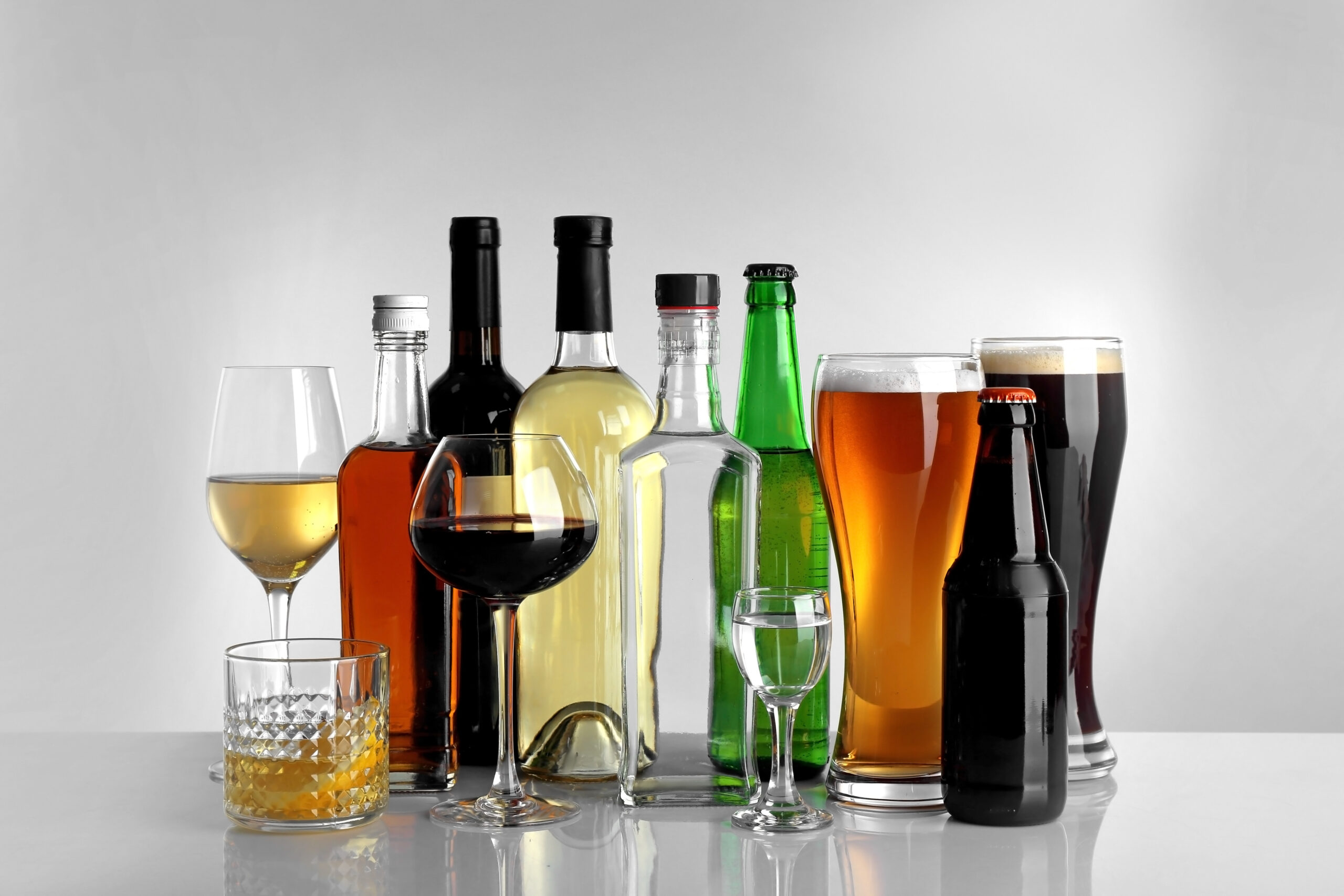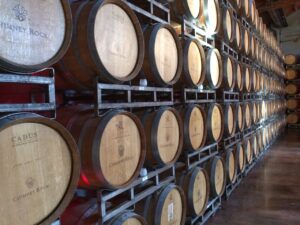
Glasses of wine and spirits on light background
Whether you’re new to liquor, or just need a refresher on the different types of beer and wine available, this beginner’s guide will help you become more knowledgeable about the world of alcohol. With so many different styles of beer and wine, it can be difficult for beginners to know what to try. But don’t worry—we have all the information you need right here! Let’s dive in.
Types of Beer
Beer is brewed from malted barley, hops, and yeast, and comes in a variety of styles. The three main categories are lagers, ales, and stouts/porters. Lagers are lighter beers with a delicate flavor that come in pale and dark varieties. Common examples include pilsners, bocks, and Oktoberfest beers. Ales are darker beers with a robust flavor that can range from light amber to dark brown. Examples include pale ales, IPAs, brown ales, Scottish ales, and Belgian ales. Stouts/porters are the darkest types of beer with roasted malt flavors. These include stout beers such as Guinness and porters like Anchor Porter or Young’s Double Chocolate Stout.
Types of Wine
Wine is made by fermenting juice from grapes or other fruits such as apples or peaches. There are four main types: red wine, white wine, rosé (also known as blush) wine, and sparkling wines (such as champagne). Red wines are typically fuller-bodied than whites because they contain more tannins (substances produced by grape skins) which give them their deep red hue. Popular red wines include cabernet sauvignon and merlot, while popular whites include chardonnay and sauvignon blanc. Rosé wines offer a balance between reds and whites because they contain some tannins but still maintain some lightness from the white grapes used in production—popular examples include White Zinfandel or Pinot Noir Rosé Sparkling wines are produced through fermentation followed by carbonation with added sugar for sweetness; champagne is the most famous example, but there are also sparkling versions of other types of wine such as cava from Spain or prosecco from Italy.
Food Pairings
Beer pairs best with grilled meats, spicy dishes such as Mexican or Thai food, steamed vegetables, roasted potatoes, pizza, burgers, sandwiches, salads, and other casual comfort foods. As for wine pairings, it depends on the style – lighter styles go well with seafood, while heavier styles work better with richer dishes such as game meats or hearty stews. Sweet dessert wines can be enjoyed after dinner along with sweet desserts such as cakes or pies.
We hope this beginner’s guide has helped demystify some of the complexities surrounding beer and wine so that you can feel more confident when ordering your favorite drink at your local bar, restaurant, or any other location that serves wine and beer, like Daveco Beer, Wine & Spirits! From lagers to sparkling champagne wines—there is something out there for everyone! So go ahead—explore different varieties until you find one that suits your taste buds best!


